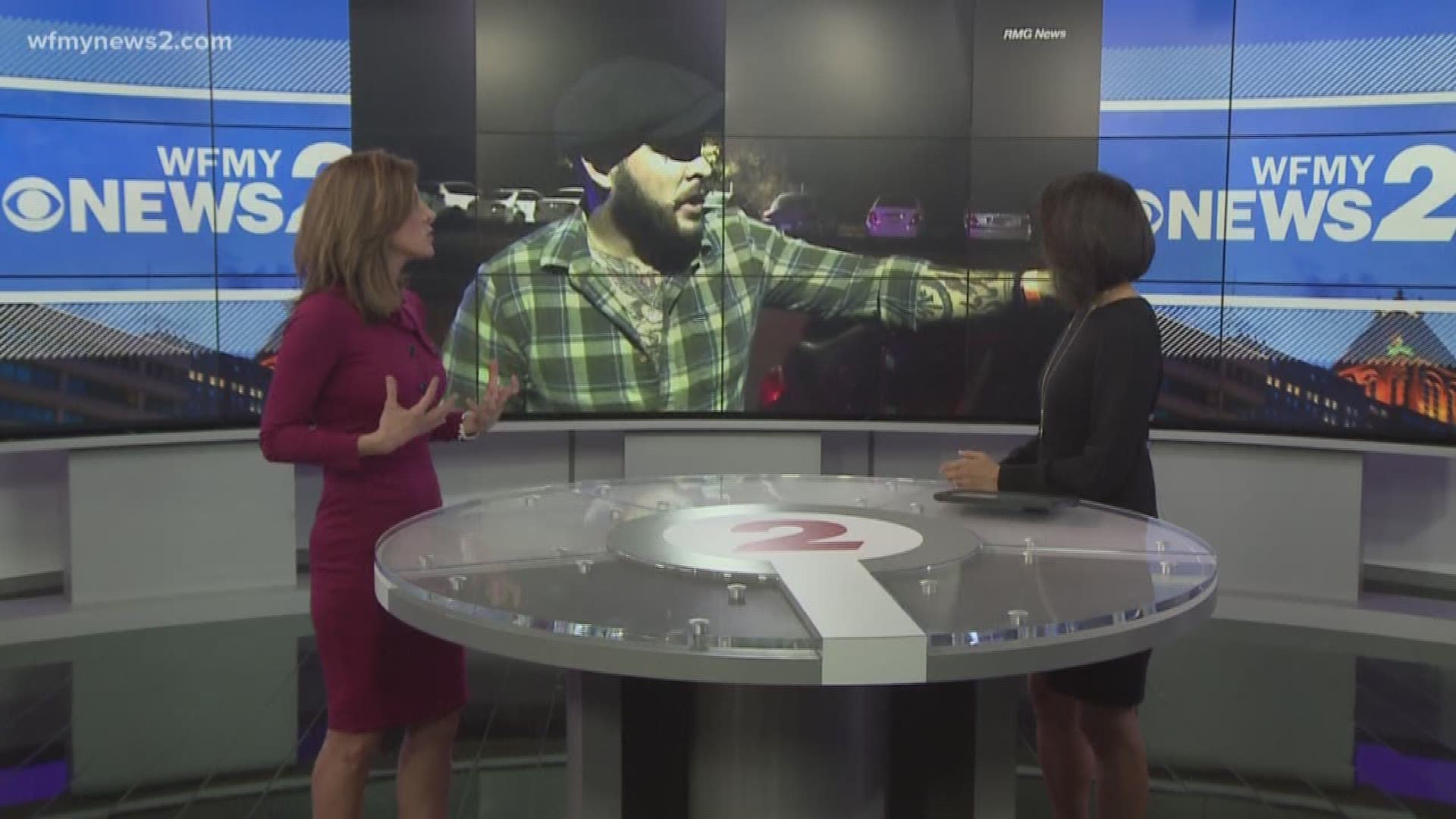Twelve people were killed after a gunman opened fire at a bar in Southern California. Another shocking mass shooting. But it's what happened after that has some people talking. Some posted on social media, saying the victims of the shooting weren't acting the right way after a tragedy. Some criticized the victims weren't crying enough or didn't look sad enough.
Understand that people don't process grief, sadness or trauma in the same way. We've seen various examples of differences. The reason it's important to talk about differences in the expression of grief is to increase awareness, sensitivity and empathy.
In the first clip, you'll see a witness describe what he saw. Notice his breathing - short, fast, deeper. When you're in the fight or flight mode, your body takes in oxygen for your muscles in order for you to fight or stay.
Understandably, you would think that witnesses would get very emotional and cry, but it isn't always the case. In the second clip, you see two women who are huddled together sharing the same blanket. They're drawing comfort from each other and they happened to in the shooting at the same time. You can see the sheen of tears in their eyes, but no actual tears. And yet, you can hear the emotion in their voices. This is what I call a "dry cry".
When you're body is in the fight of flight mode, it's all about survival. In the next clip, this guy's eyes are dilated even though camera lights are shining on him. When you're in the flight or fight mode, your eyes will dilate to allow more light in so you can look for threats. And his eyes darting around is part of his response to the stress of the moment.
If you have any questions, reach out to me on my Facebook page: Blanca Cobb-Body Language Expert. Write a message on my timeline and I'll get back to you. And while you're on my page, I'd appreciate it you give it a "like".

